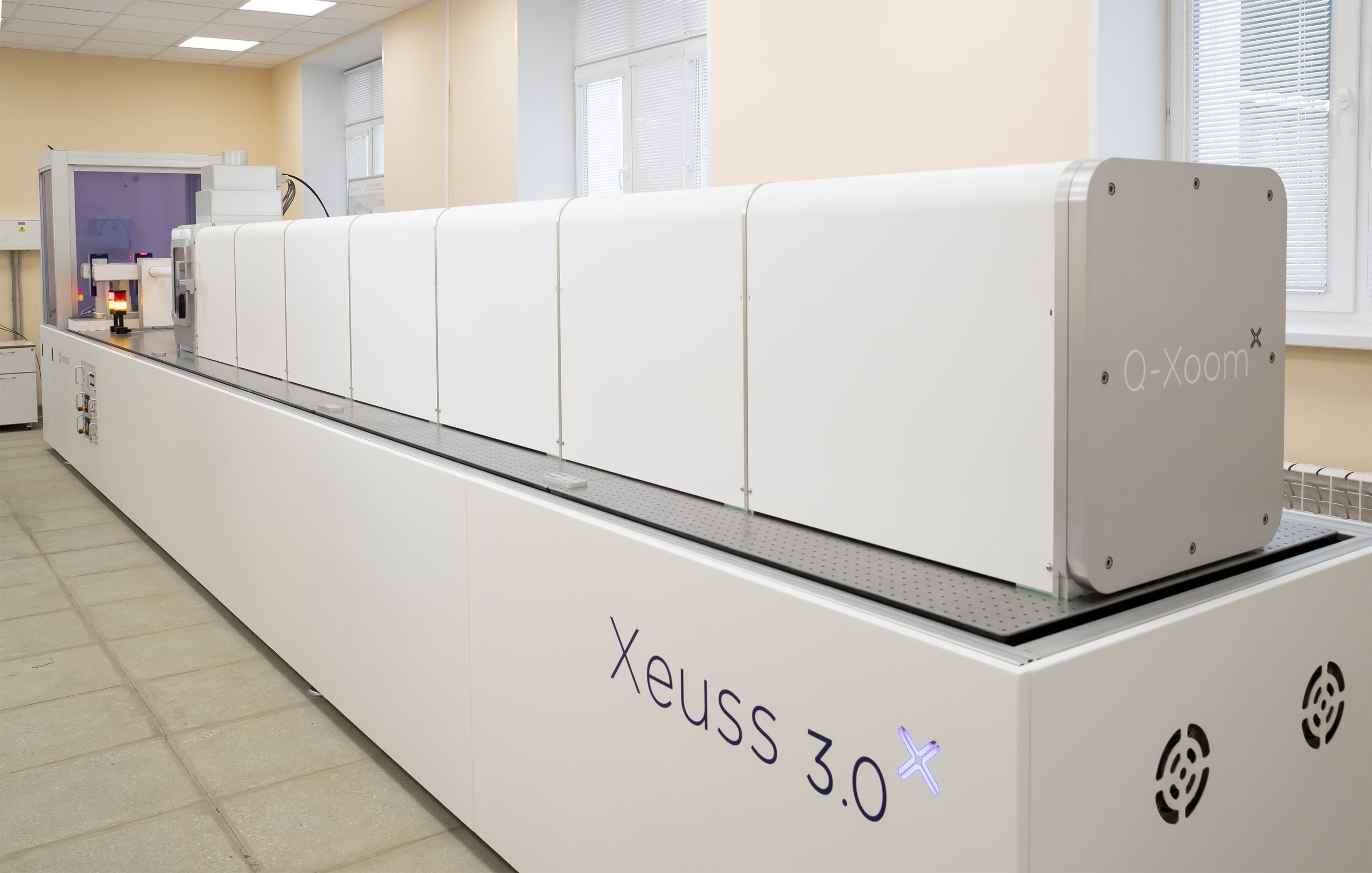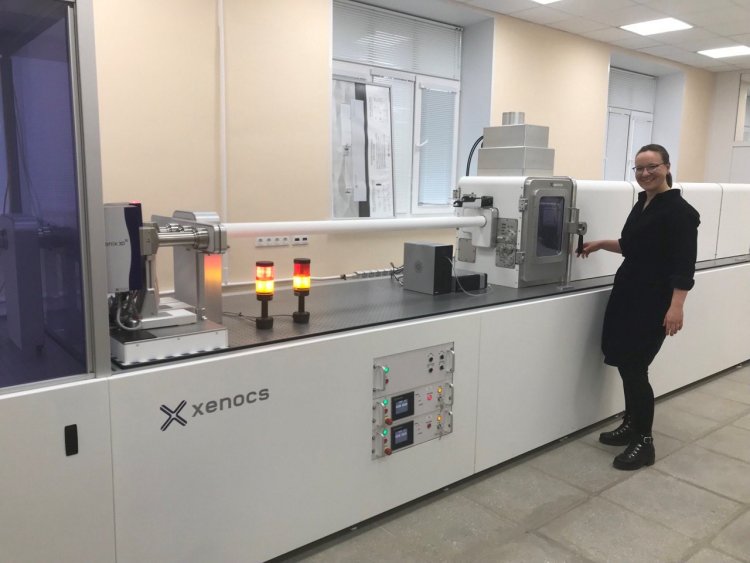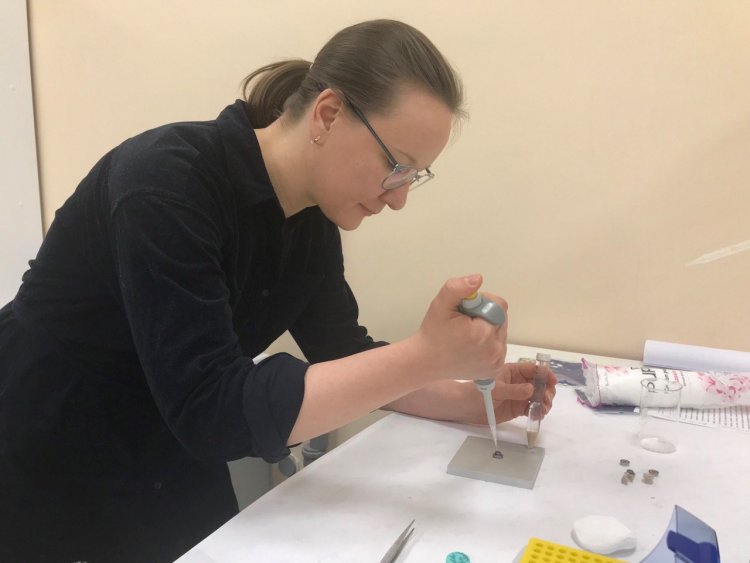
It is difficult to imagine modern research without life sciences. Scientists strive not only to learn the fundamental laws of the universe, but also to improve the quality of life of mankind, to solve acute issues of healthcare, agriculture, ecology, and the search for new energy sources. Problems in the field of life sciences have long and firmly entered the circle of research of the Joint Institute. The creation of the MSC-230 medical cyclotron begins, research is underway on the effect of cosmic radiation on living organisms, as well as genetic studies of longevity , vast experience has been accumulated in the field of proton therapy, the ARIADNA complex for applied research, including medical research, is being actively developed at the future NICA collider. And the list, of course, is not limited to this. The instrument base of the institute for these purposes is also expanding. The new X-ray scattering station Xeuss 3.0 at the JINR Laboratory of Neutron Physics, among other things, is used for research in this field of knowledge.

“The main object of our research is chromatin, the content of the nucleus of a biological cell. DNA is stored and functions in the nucleus, i.e. genetic information about an organism. This is a very large molecule: if you unfold human DNA, its length will be about 2 meters, ”says Ekaterina. This long polymeric molecule is “packed” into the nucleus with the help of special architectural proteins, i.e. it is “stowed” in a certain way in the nucleus. An interesting fact is that the volume of this core is relatively small, but at the same time, such a structure still allows you to perform all the biologically inherent functions. “A molecule cannot be arranged chaotically, like a thread in a ball,” emphasizes the PNPI researcher. — There is a special multilevel organization of chromatin. This is what we are studying with the help of small-angle scattering at the FLNP station.”
“I am working with X-rays for the first time. Since there is a shortage of neutrons now, we are exploring new horizons, new methods,” emphasizes the scientist from PNPI.
She noted a number of advantages of the X-ray facility for the study of biological objects. Since the intensity of X-ray and synchrotron sources is much higher than neutron sources, measurements are carried out with a better resolution, as a result of which all features in the scattering curve appear much more clearly, measurements are faster, and much less sample volume is required. To study objects at Xeuss 3.0, a sample volume is required that is several times smaller compared to the experiment at the best small-angle neutron station, and the data acquisition rate is approximately twice as high. However, the technique of contrast variation, which is in demand in biological research and has been well tested in neutron scattering, is still difficult to implement using X-rays, although it is possible.
According to Ekaterina Yashina, the DNA molecule is packed in a fractal way.
“Before the Xeuss 3.0 studies, we found, using small-angle neutron scattering in experiments in Germany, that chromatin has a bifractal structure,” said Ekaterina. “At large scales, the structure of chromatin is described by the logarithmic fractal model, and at smaller scales, by the volume fractal model.”

- SV Grigoriev, OD Shnyrkov, PM Pustovoit, EG Iashina, and KA Pshenichnyi, Experimental evidence for logarithmic fractal structure of botanical trees, Phys. Rev. E 105, 044412 (2022)
- SV Grigoriev, E. G. Iashina, V. Yu. Bairamukov, V. Pipich, A. Radulescu, MV Filatov, RA Pantina, and E. Yu. Varfolomeeva, Switch of fractal properties of DNA in chicken erythrocytes nuclei by mechanical stress, Phys. Rev. E 102, 032415 (2020)
- SV Grigoriev, E. G. Iashina, B. Wu, V. Pipich, Ch. Lang, A. Radulescu, V. Yu. Bairamukov, M.V. Filatov, R. A. Pantina, and E. Yu. Varfolomeeva, Observation of nucleic acid and protein correlation in chromatin of HeLa nuclei using small-angle neutron scattering with D 2 O-H 2 O contrast variation, Phys. Rev. E 104, 044404 (2021)
- EG Iashina, E. Yu. Varfolomeeva, R. A. Pantina, V. Yu. Bairamukov, RA Kovalev, ND Fedorova, V. Pipich, A. Radulescu, and SV Grigoriev, Bifractal structure of chromatin in rat lymphocyte nuclei, Phys. Rev. E 104, 064409 (2021)

